 Mysta of the Moon is a science fiction adventure serial that ran in Planet Comics from 1945 to 1952. Mysta is one of the most consistent serials in regards to art and story quality to have been published by Fiction House. Mysta originally appeared as a young woman in issue #35 of Planet Comics (March 1945) as a victim of the machinations of Mars, the God of War. Mysta, as the repository of the sum of all knowledge, takes it upon herself to fight Mars and assist humanity out of the ruins of civilization.
Mysta of the Moon is a science fiction adventure serial that ran in Planet Comics from 1945 to 1952. Mysta is one of the most consistent serials in regards to art and story quality to have been published by Fiction House. Mysta originally appeared as a young woman in issue #35 of Planet Comics (March 1945) as a victim of the machinations of Mars, the God of War. Mysta, as the repository of the sum of all knowledge, takes it upon herself to fight Mars and assist humanity out of the ruins of civilization.
Mars was the featured character of an earlier and respected Planet Comics serial. In those stories, the evil Mars would travel the galaxy and possess different people, forcing them to commit horrific acts and spread terror and strife all in the name of conflict. What made this serial different is that often Mars would emerge victorious being defeated only after spreading widespread chaos.
In Planet Comics #35 Mars is waging a war against science and intellectualism when he crosses paths with Mysta and her brother. While this story details Mars' greatest success, effectively destroying human civilization, it also marks the marginalization of the Mars character as the far more visually appealing Mysta is brought to the forefront as the protector and savior of humanity. By the following issue Mysta headlined her own series and Mars was delegated to only a final cameo.
Out of all the female characters featured in Planet Comics it is Mysta of the Moon that was the strongest in terms of characterization. Unlike many other contemporary characters Mysta largely stood on her own in her adventures. Typically in almost any comic book tale of the era, where a female would often act as the lead in a story it was not unusual to have a man show up near the end of the tale and take charge, wrapping things up as the female character shed angst-filled thought balloons expressing gratitude and unrequited love. Among the Planet Comics entries this was most common among the Gale Allen serial. Mysta, being the most intelligent person in the Universe, would have none of that even though the creative team in the beginning used the "Diana Prince" trope and there is a greater than average amount of gratuitous cheesecake in the stories. Anyone interested in researching a good example of early female empowerment in comic books could do worse than reading the Mysta of the Moon series.
Like many superheroes Mysta, who was the repository of all knowledge, maintained a secret identity so the public at large would not know she was acting as their savior and defender. In her guise as an older and unappealing librarian or technician, Mysta fought criminals, mutant zombies and solved mysteries with the aid of a lab assistant and an unstoppable robot with which she shared a telepathic link.
Monday, August 23, 2010
Mysta of the Moon - Chapter 1
Subscribe to:
Post Comments (Atom)

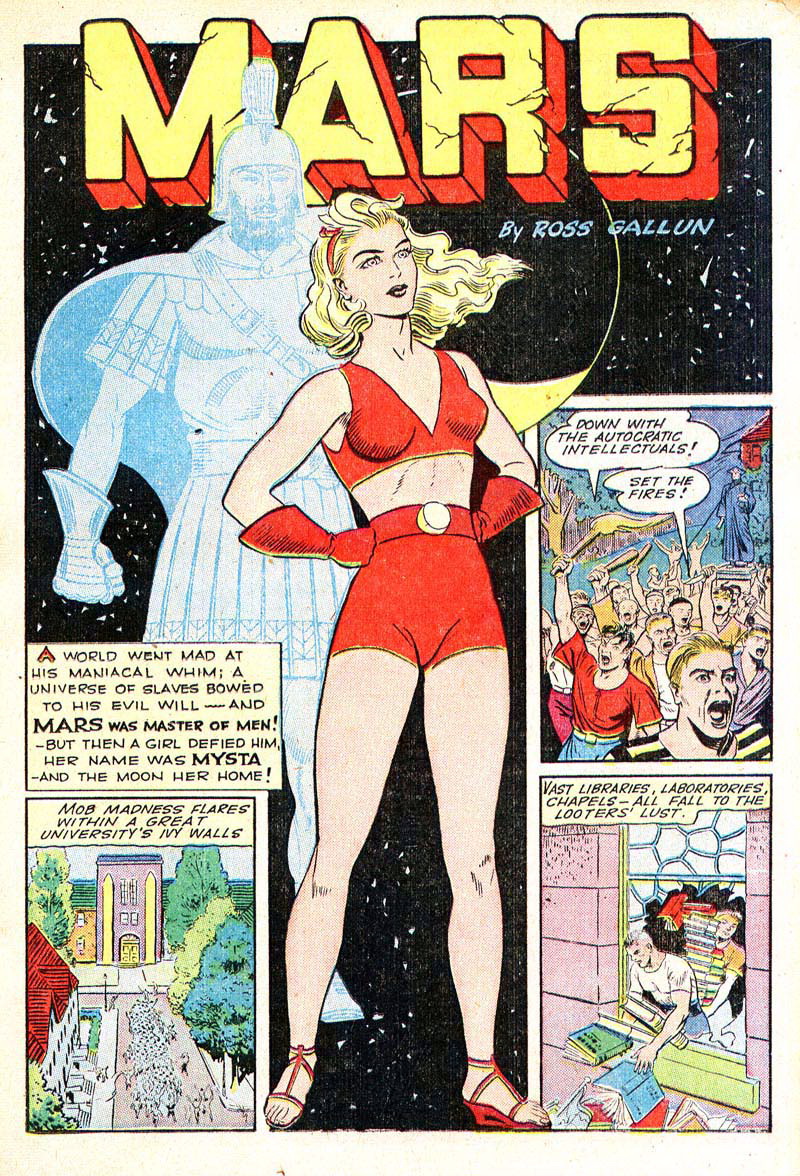
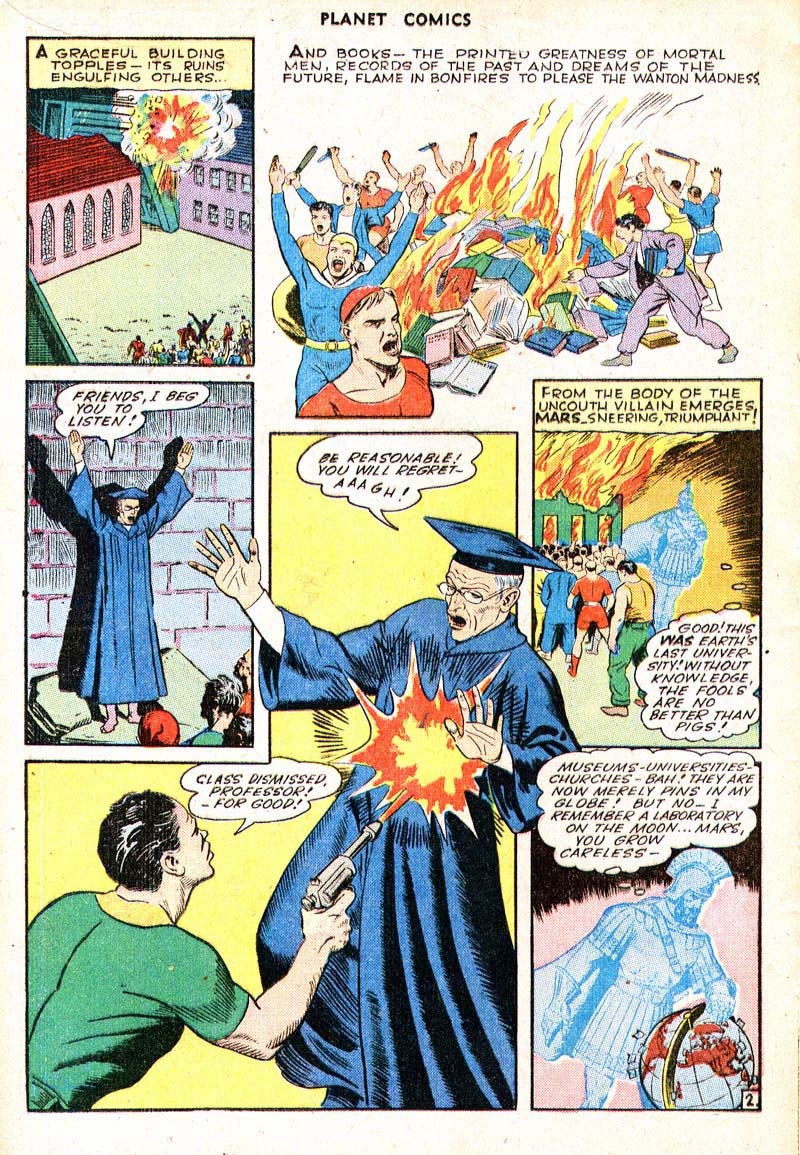
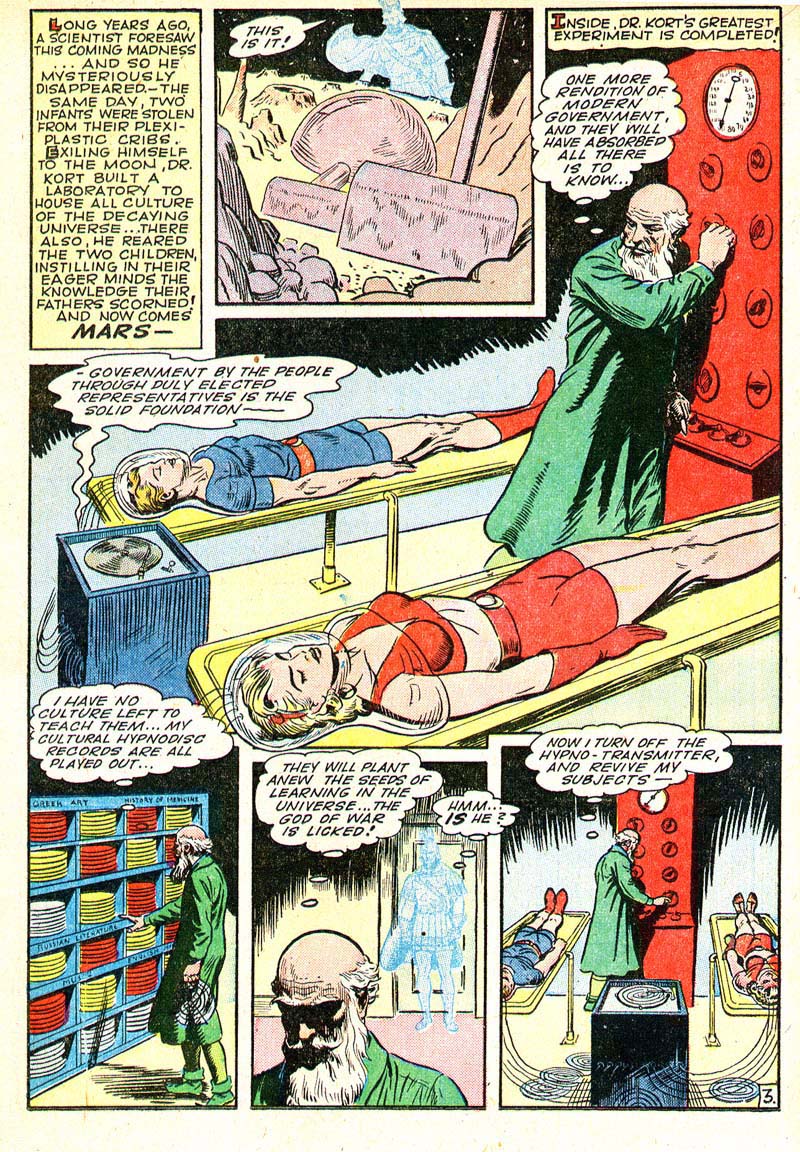
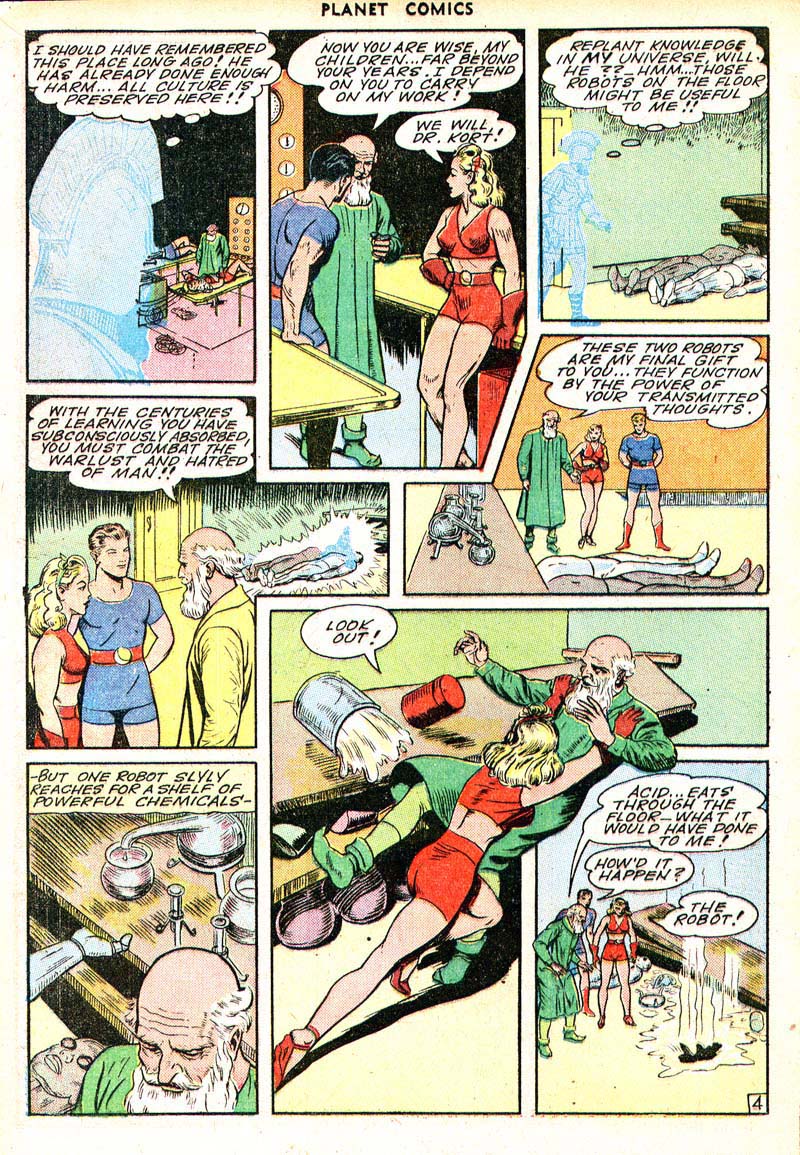
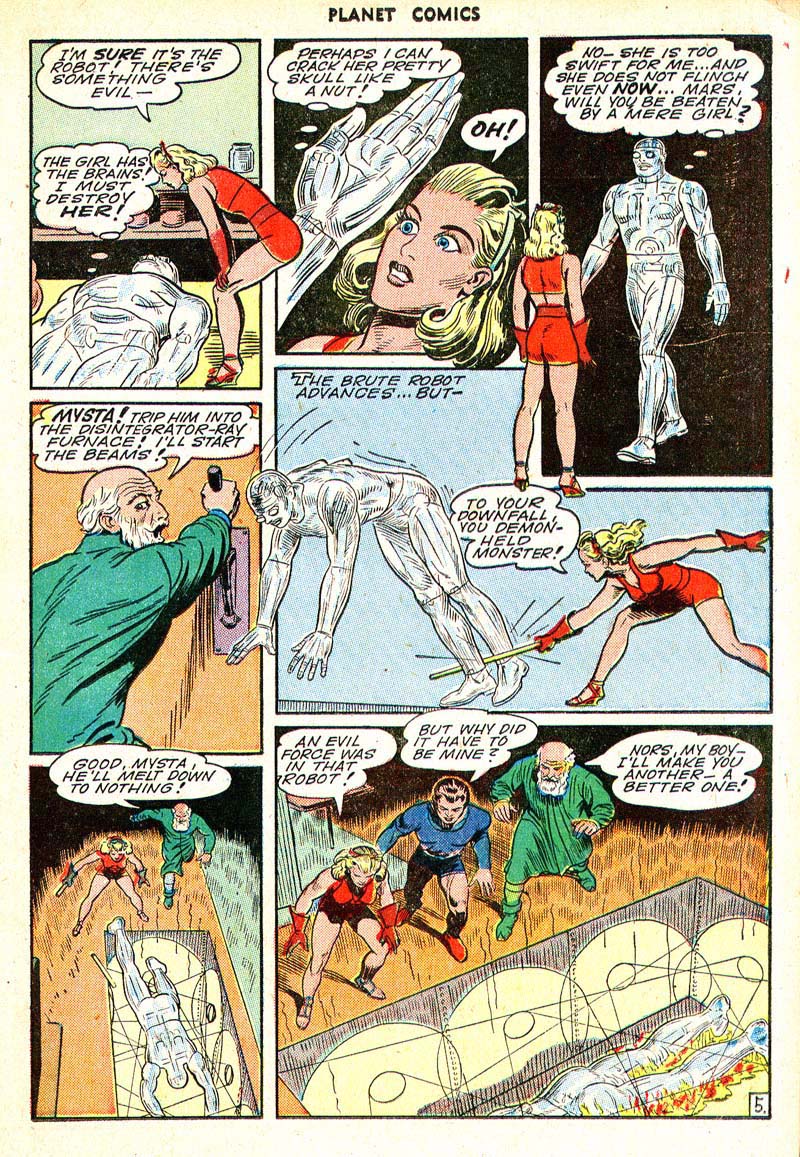
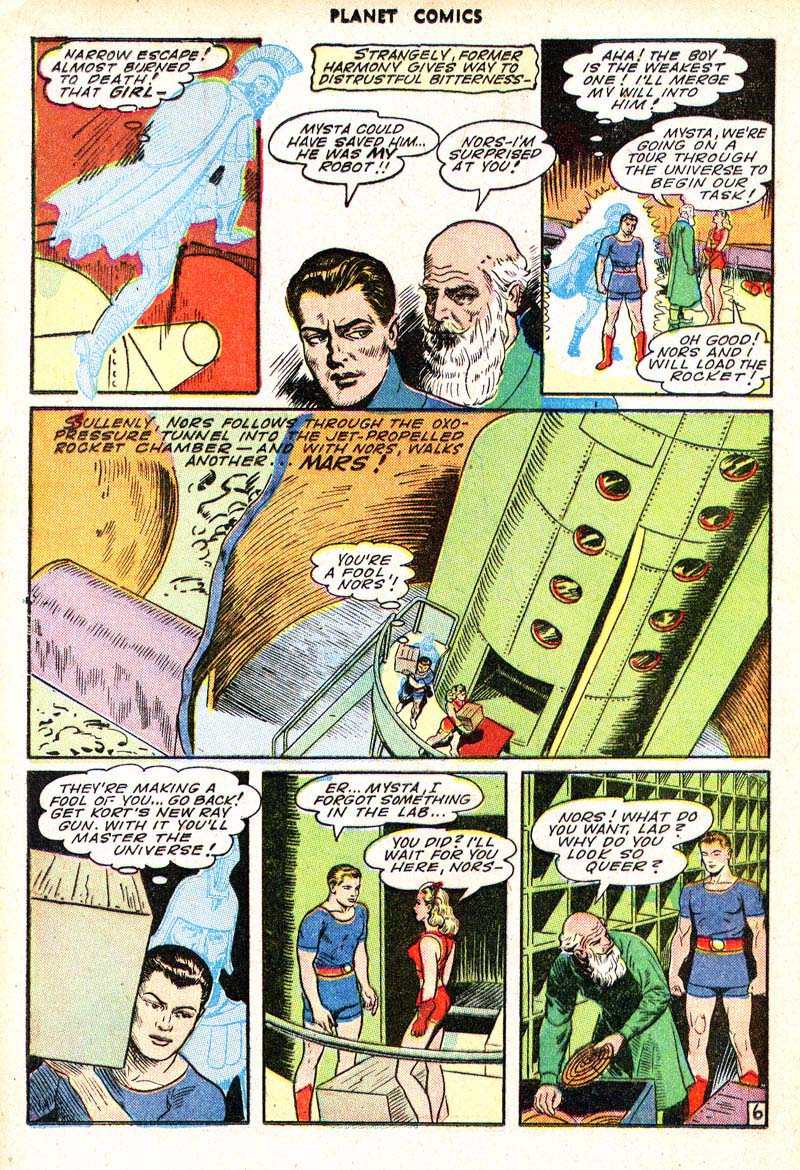
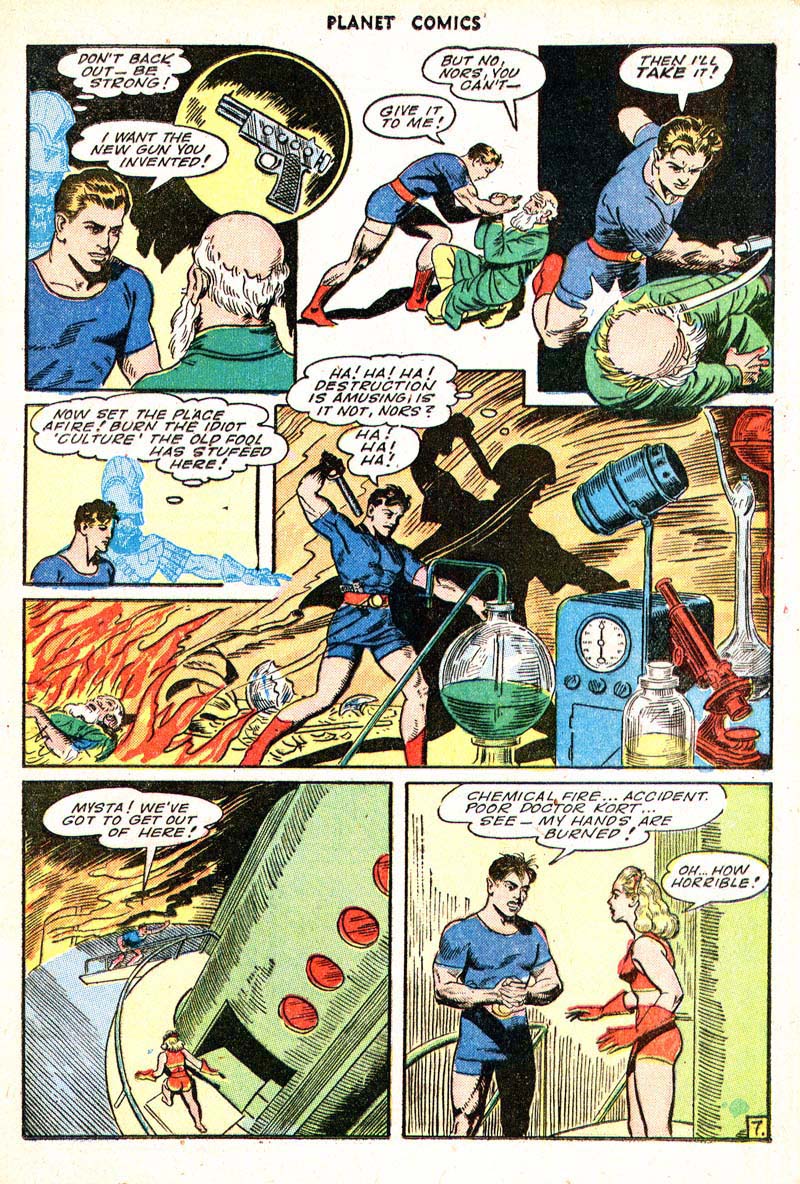
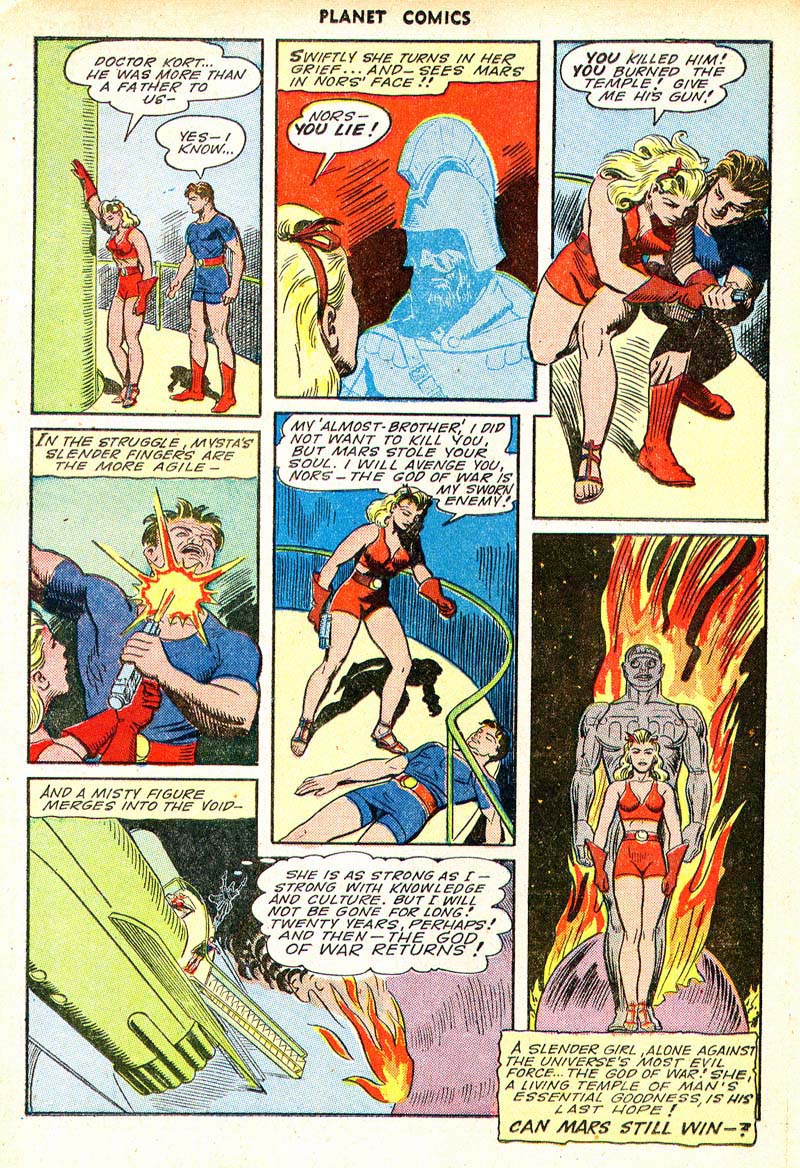
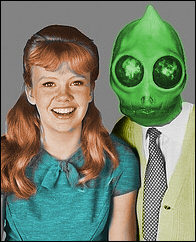

























Thank you for posting this! Every since I've read about Mysta in Trina Robbins' book about superheroines I've been wanting to read her stories. Can't wait to see more. I love the Flash Gordan look of the design and that opening scene is right out of Farenheit 451. Mars also comes across here much like he does in the original Wonder Woman stories - interesting.
ReplyDeleteThanks again. I'll be coming back for more. Oh, and really enjoyed the Futura stories too. Had never heard of her. So thanks are due you there too.
Penny
Nice. Another reminder why Fiction House is my favorite Golden Age publisher.
ReplyDeleteThis is great, i'm reading it as part of my 'reading stuff referenced in the League of Extraordinary Gentlemen' reading list :).
ReplyDelete